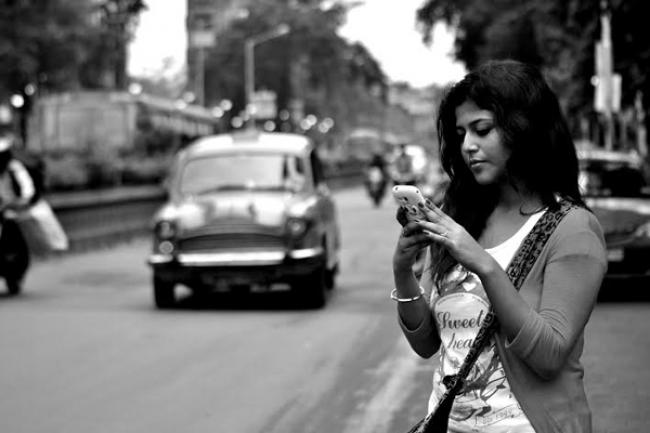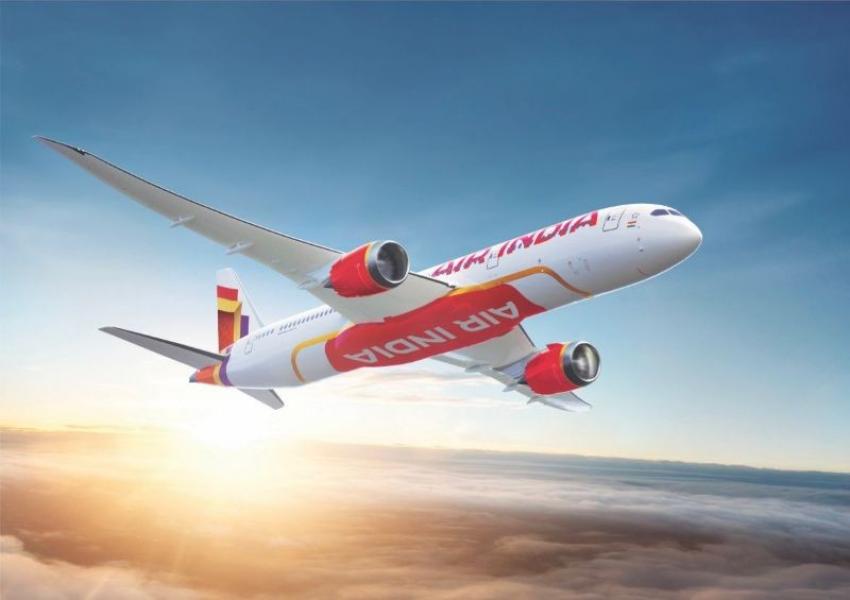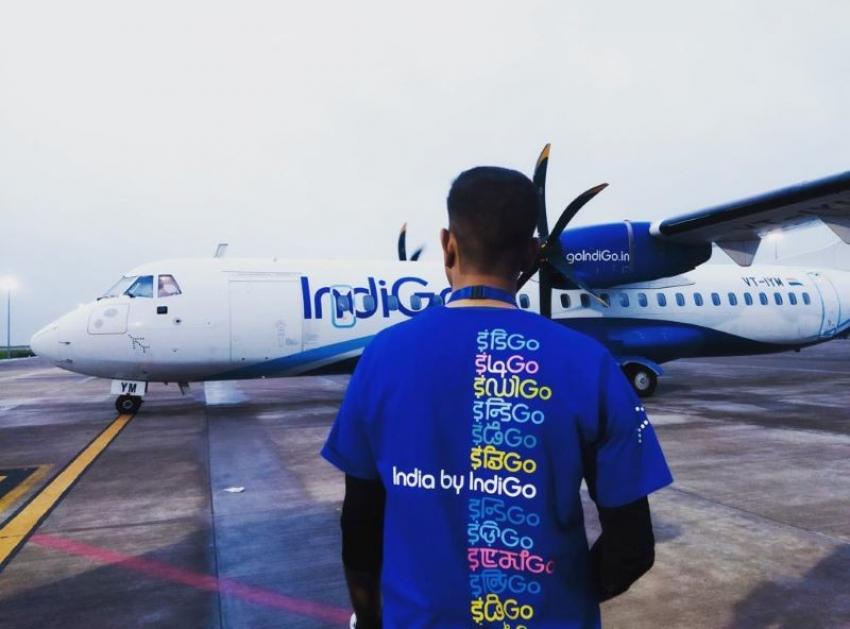17 May 2015, 10:54 am

Almost five months after the Delhi Uber rape case, have young women become more pro-active in cities where these on-demand cabs ply?
Design professional Anwesha Raut, 29, who relocated to Delhi a couple of years ago, always carries a bottle of pepper spray and prefers to take a lift in a colleague’s car rather than call a radio taxi on days she returns late to her Lajpat Nagar flat while her friend Suhana, who lives in Gurgaon, alerts her boyfriend immediately after boarding such a cab.
Malini Deshpande, 39, working with an information technology firm in Sector V in Kolkata’s Salt Lake area, waits for her husband to pick her up from the airport instead of availing of an on-demand taxi on days she returns from a business trip, though her company makes arrangements for drop-back facility.
A few days back, a small video clip went viral on social networking sites where a young girl hails a cab but walks to its front to click a photo of the number plate and driver before boarding, while in December last year itself, the central government had asked states to ensure that all unregistered taxi services cease operations.
On-demand cabs are a fairly new concept in India, though Meru Cabs started operations in the country in 2007. Today, there are more companies vying for a fair share of the market and brands like Ola Cabs, Uber, Mega Cabs and Meru Cabs all having top-of-the-mind recall for the young urban professional.
Travelling alone, returning late are common amongst urban women and at times unavoidable. In cities where cruising cab facilities are skeletal or lacking, the apps-driven radio taxi service has moved in to plug an urgent need-gap.
However, the Uber rape case brought back into focus the vulnerable and fragile environ in which young urban women function and it sent many of these new-age cab companies back to the drawing board to take a re-look at the existing security measures.
Binod Mishra, executive director, Mega Cabs, however, feels that despite the spate of unsavoury incidents, business has not been impacted “because the trust level of the customer is too high on the brand name. However, understanding of the model was inadequate”.
Post-Uber, Meru Cabs, for instance, launched a special service for women in Delhi, called Meru Eve. “It is a cab service exclusively for women by women,” Siddhartha Pahwa, CEO, Meru Cabs, informs, adding that every Meru Eve cab is equipped with 3G-enabled mobile phones with ‘Himmat’ app that has video recording facility, panic buzzer, pepper spray, women helplines, speed dial for distress call numbers.
Meru further strengthened security with the introduction of additional features like ‘Trip Tracker’ and ‘ICE’ or “In Case of Emergency” alert.
“From the beginning, consumer safety and security have been of utmost importance to Meru Cabs. Being pioneers in the industry, Meru has followed standard measures with all cabs being equipped with GPS, GPRS which could be tracked on a 24X7 basis,” says Pahwa.
Ola Cabs, fresh after the Uber incident in January, unveiled an SOS button in its app, which, when activated, will send out all ride details in real-time, including GPS coordinates, to a pre-set friend or family member of the user via SMS and e-mail. “We are extremely concerned about ensuring security of all our passengers,” says Piyush Gupta, business head, East, Ola Cabs.
Ola’s customers can also opt to share ride details with their loved ones proactively, without having to do so every time they take a ride, informs Gupta.
Ola also included a second layer of GPS in addition to the in-cab phone enabled GPS system already present in every cab registered on the platform. “This initiative has been undertaken at a war footing and is nearing completion in most cities,” Gupta says..jpg)
However, a Kolkata-based psychologist, speaking on condition of anonymity, says, “A lone woman is always a soft target not only in premium cabs but cruising taxis as well. Women customers, despite all the safety measures, will have to be more proactive because things can go wrong. What if the safety features don't work because of a technical glitch? At the same time, these cabs are here to stay because such services fulfil a key need gap. Recently, a female patient of mine attended office in a radio taxi during a political strike.”
Customer profile
Mega Cabs’ business is heavily tilted (80%) towards serving individual customers as with all the other companies.
For Meru Service the target audience is SEC A, 30+ male while Meru Genie, being a younger and more economical product, the target segment is SEC A/B, 25-35 age group male.
Ola is more segmented. It offers three categories – mini, sedan and prime, with customers using the categories as per their needs. When they want to go a little far and require more convenience, they book a sedan. When travelling short distances, without much luggage, they use a mini. When on business, many customers prefer prime because they spend a long time of their day on road while working and so require the added convenience of a good vehicle.
Apps-drive
The world of on-demand cabs is increasingly becoming apps-driven. So, is it a fad or necessity?
It's the convenience factor swear the cab companies. Booking a cab at the push of a button, paying the bill amount digitally without even having to take out one's wallet, are some of the features that have made the apps a necessity.
Today such services are being marketed like any other consumer product with discounts and various offers too. "Whether you are in the service or consumer product industry, it’s important to aptly market yourself, “ Meru Cabs' Pahwa.
In recent months, the radio taxi industry has become increasingly competitive with the advent of new players giving customers a plethora of options. Thus, it is crucial to engage with the discerning customer and provide them with differentiated service offerings, exciting new features at attractive price points.
Mega Cabs' Mishra feels this is necessary to lure the customer what with too many competitors.
Recently, Uber upgraded its technology in-app, including an SOS button so riders can immediately contact local authorities in the rare event of an emergency. Over this period, Uber says, its safety team has worked hard to enhance their SOS feature to be more robust and comprehensive.
"To that end, we have developed a bespoke solution which is ready to be rolled out across cities in India. Now, when a rider pushes the SOS button, not only will they be connected with the local authorities over the phone but Uber’s backend system will simultaneously generate a real-time ‘SOS alert’ that is sent directly to the local police control room that responds to emergencies," Uber says in a statement.
The instantaneous alert contains critical information of the relevant trip and is projected on a dedicated screen in the control room of local law enforcement agency.
Deval Delivala, India Safety Lead, Uber says: “We are deeply committed to making transportation in India safer. We welcome the opportunity to partner with Police departments and other law and order agencies around the country to embrace technology and improve accountability in urban mobility for the benefit of millions of commuters in cities across India.”
Challenges
Operating on Indian terrain has its challenges One is road infrastructure and unruly drivers with scant regard for traffic rules and second is converting car owners into users even though India's car ownership rate stands at 5% compared to 70% in the US', says an industry official.
Image: Avishek Mitra
- From Kennedy’s Proposal to 1850s Saloons: The Three Historic D.C. Restaurants Everyone Must Try
- This city has the best bagel in the US, and it’s not New York!
- I escaped to Pachmarhi — what I found in the queen of Satpura left me spellbound
- Air Canada just ranked the Best New Restaurants of 2025 - And the Top Spot isn't who you think
- Rediscovering Arunachal's Monpa Cuisine: One Woman’s Millet Momo Revolution
- Discovering Heritage: A visual journey through Odisha crafts museum Kalabhoomi
- From kebabs to biriyani: Lucknow gets UNESCO honour for its royal cuisine
- Delta takes Spanish flavours to the skies
- Kolkata’s iconic Kathi Roll among world’s top 10 wraps: TasteAtlas
- Yellow Taxis and the Colours of Puja
Air Canada has introduced a new non-stop route connecting Toronto with Rio de Janeiro, with the first flight landing in the Brazilian city on Friday morning.
Air India, India’s leading global airline, and Maldivian, the national airline of the Maldives, have entered a bilateral interline partnership aimed at boosting connectivity between the two countries.
IndiGo, India’s largest airline, is grappling with one of its most severe operational crises in recent years, with widespread flight delays and cancellations disrupting travel across the country for a second consecutive day.





